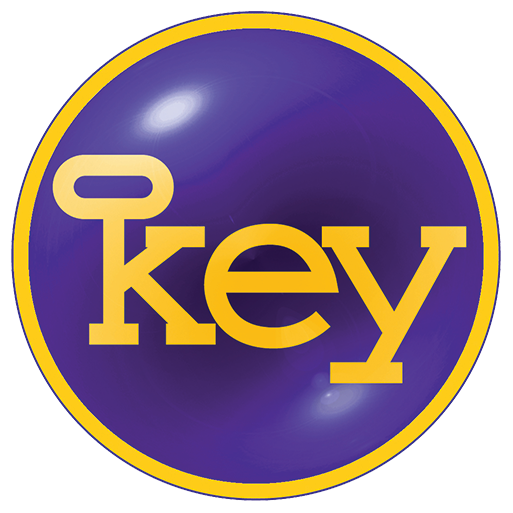Have you wondered how to deal with change in these turbulent times? There are so many influences affecting you: like changing customer demands, competition, the economy, politics and the environment, which make it difficult to take the right action. All manner of experts have their own pet topic or solution which they suggest your business or organisation adopts. It’s the Internet of Everything! It’s social media! What about big data? Can they all be right? Or might these folk just as well be sorcerers?
Well yes and no. Depending on your organisation’s purpose, it may be all of the above and may be more, or none. The critical things is, what does your customer need and how does any change or improvement help them? To paraphrase Stephen R. Covey,
Begin with the customer in mind
To help you and your team deal with change in these turbulent times we ask you to think about applying the Flow & Feedback (2F) diagram below to your organisation. A critical advantage of the 2F diagram is that it is built around a learning cycle, which can be applied to a single process, department or a whole organisation. The Study-Act-Plan-Do (SAPDo) learning and improvement cycle gives you a double whammy. It is a roadmap for the flow of improvement activity around a business. In addition it can also be used to keep you on the right track when making detail changes and improvements to processes that work. You start at Study, which means answering the deceptively simple question,
‘What IS happening?’
As you can see in the diagram above we have put the SAPDo cycle at the heart of the 2F diagram. The Do phase is aligned to the operational level where the value is added and includes the support processes. We are going to call all of the new parts that we will add in this and future blogs the Strategic level. The two elements we have added are: Asking for feedback and Performance measures. In this blog we’ll just look at asking customers for feedback as the starting point.
You will see that the actual title in the process is Asking for feedback without denial. The 'without denial ' bit is really tough for many businesses and other organisations. Even when customers volunteer feedback, especially if it is anything like a complaint, the natural reaction seems to be denial.
Of course it is possible that customers might have unrealistic expectations. Even if they do they should be treated with respect and listened to, because - here's the biggie -
You might learn something!
Even the most outrageous or fanciful ideas or even misunderstandings might be the spark that sets you off on the path to some improvement or innovation in your offering leading you to a new competitive advantage. What do you think? Worth a try accepting or even asking for customer feedback without denial?
Next week I will be looking at Performance measures as I continue to expand on the 2F diagram, drawing from my book Picture Your Business. This is available from me priced £12.00+P&P. The latest version of the companion 2F Worksheet is now available free in MS Word or PDF on request from me either via a Linkedin message or by emailing alanclark@keybiz.com.


